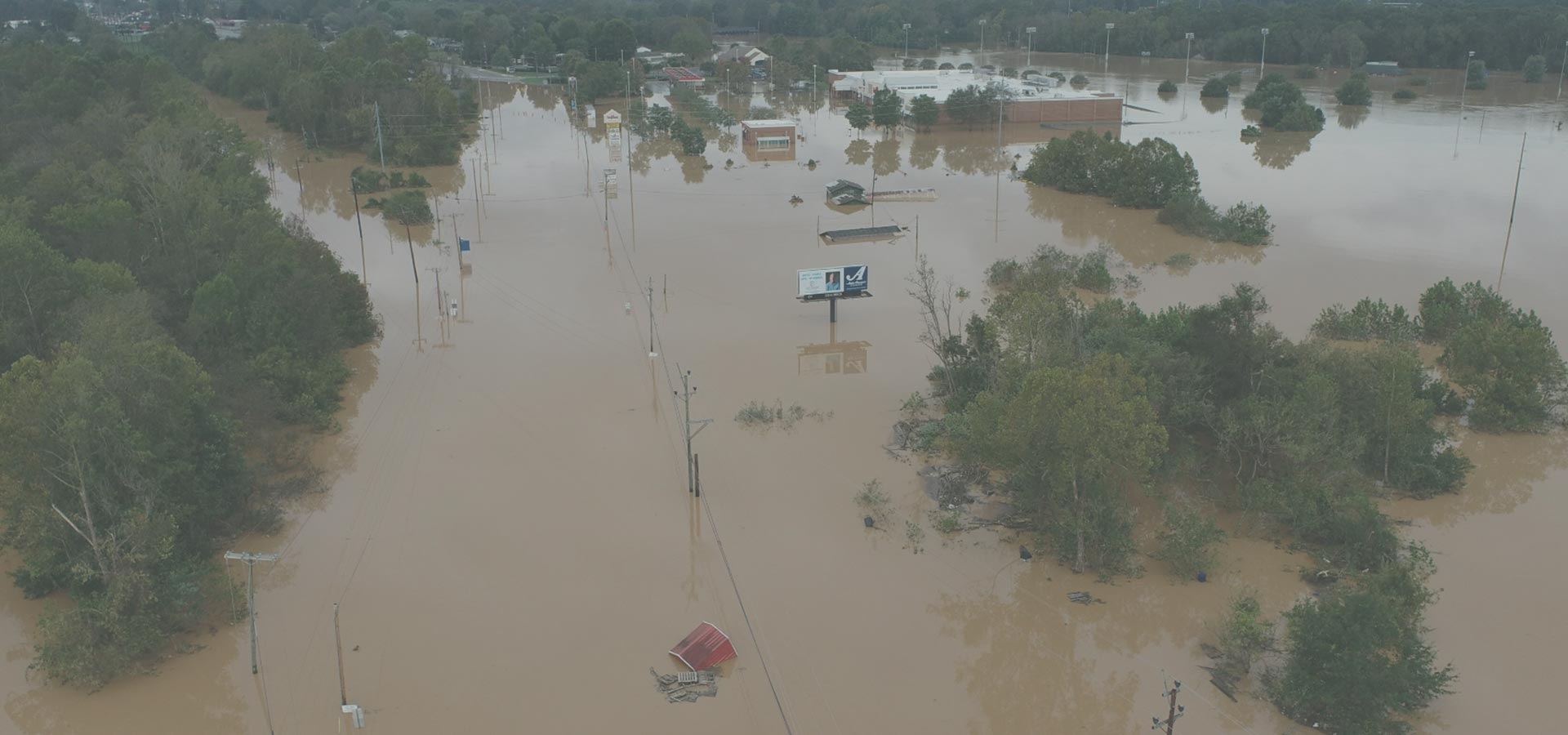
Flooding Risk Presents Major Credit Challenges for Eastern and Southern U.S.
The recent devastation caused by Hurricane Helene has drawn attention to the escalating flood risks threatening local economies and tax bases across the Eastern and Southern United States. The increasing frequency and severity of flooding events pose significant credit challenges, including higher property insurance costs, declining property values, and the need for substantial investments in climate adaptation infrastructure.
Rising Threats to Coastal and Inland Areas
Coastal communities in the Eastern and Southern U.S. have long faced the challenges of hurricanes, extreme rainfall, and rising sea levels. However, inland regions are now also experiencing significant flooding due to changes in land use and a growing number of extreme rainfall events. These developments have contributed to an alarming increase in annual flood losses, exacerbating economic vulnerabilities.
Property values remain largely underinsured against flood risks, leaving tax bases exposed to economic disruptions. Analysts note that while standard property insurance covers most perils, flood damage is notably excluded. This gap in coverage intensifies the financial strain on households and businesses following flood disasters. Without adequate coverage, recovery efforts often fall short, leading to long-term economic and social consequences for affected regions.
Limited Uptake of Flood Insurance
Despite the mounting risks, flood insurance remains underutilized. Less than 5% of residential properties nationwide maintain flood insurance, even in areas with moderate to high flood risk. In the highest-risk coastal areas along the Gulf Coast and Eastern Seaboard, uptake rates range from just 10% to 30%. While larger corporations often supplement National Flood Insurance Program (NFIP) coverage with private policies, small and medium-sized businesses are typically underinsured.
Alarmingly, NFIP policies have declined from a peak of 5.7 million to 4.7 million as of September 2024—a nearly 20% drop. Although private market alternatives have seen modest growth, they have not bridged the gap created by the decline in NFIP participation. Hurricane Helene alone is projected to generate NFIP claims of up to $7 billion, further underscoring the pressing need for expanded insurance solutions. The combination of rising insurance costs and declining participation underscores the growing challenge of managing flood risks effectively.
Implications for Tax Bases and Local Economies
The widespread lack of flood insurance amplifies the economic and social challenges faced by flood-prone areas. Property owners often rely on federal disaster aid, which covers only a fraction of recovery costs. This leaves homeowners and businesses with limited options: take on debt for repairs, sell properties at distressed prices, or face closures. Over time, communities that experience repeated flooding may see reduced demand for properties, diminishing local economies and tax revenues.
This economic pressure also affects local governments, which rely on property taxes as a primary revenue source. Declining property values and reduced development in high-risk areas could significantly strain municipal budgets, limiting their ability to invest in necessary infrastructure and services. The long-term viability of these communities may hinge on proactive measures to address these challenges.
Potential Solutions and Innovations
To address these challenges, governments at various levels are exploring strategies to enhance flood resilience and close the insurance gap. Potential solutions include:
- Broadened Flood Insurance Requirements: Mandating flood insurance for high-risk areas or expanding coverage models, such as parametric and community-based insurance. These approaches aim to make coverage more accessible and tailored to the unique needs of vulnerable communities.
- Increased Federal and State Aid: Providing additional funds to cover gaps between insurance payouts and actual recovery costs, or supporting mitigation projects to reduce the impact of future flooding events.
- Investment in Resiliency: Enhancing home resilience through updated building codes, retrofitting properties, and incentivizing property buyouts in vulnerable areas. Such measures can reduce the financial and physical impact of future disasters.
- Greater Disclosure Requirements: Mandating real estate transactions to disclose past flood incidents, enabling buyers to make informed decisions and potentially driving demand for more resilient properties.
Private companies are also introducing tools to help prospective property buyers assess flood risks, aligning with broader efforts to mitigate financial vulnerabilities. These innovations, alongside government initiatives, aim to create a more comprehensive approach to managing flood risk.
Balancing Costs and Resilience
While these initiatives offer hope for mitigating flood risks, they come with significant costs. Enhanced insurance mandates and resiliency investments may make living in flood-prone areas less affordable and desirable, further impacting property values and local economies. Communities will need to carefully weigh the financial burden of these measures against the potential long-term benefits of increased resilience.
Moreover, the broader economic implications extend beyond individual communities. The reallocation of resources to address flood risks could shift investment priorities at the state and federal levels, affecting funding for other critical areas. Successfully navigating these trade-offs will require collaboration among governments, insurers, businesses, and residents to ensure sustainable and equitable solutions.
Flooding remains one of the most pressing challenges facing the Eastern and Southern U.S., but proactive measures and innovative approaches can help mitigate its impacts. By addressing insurance gaps, investing in resilience, and fostering collaboration, communities can build a more secure and sustainable future in the face of growing climate-related risks.
